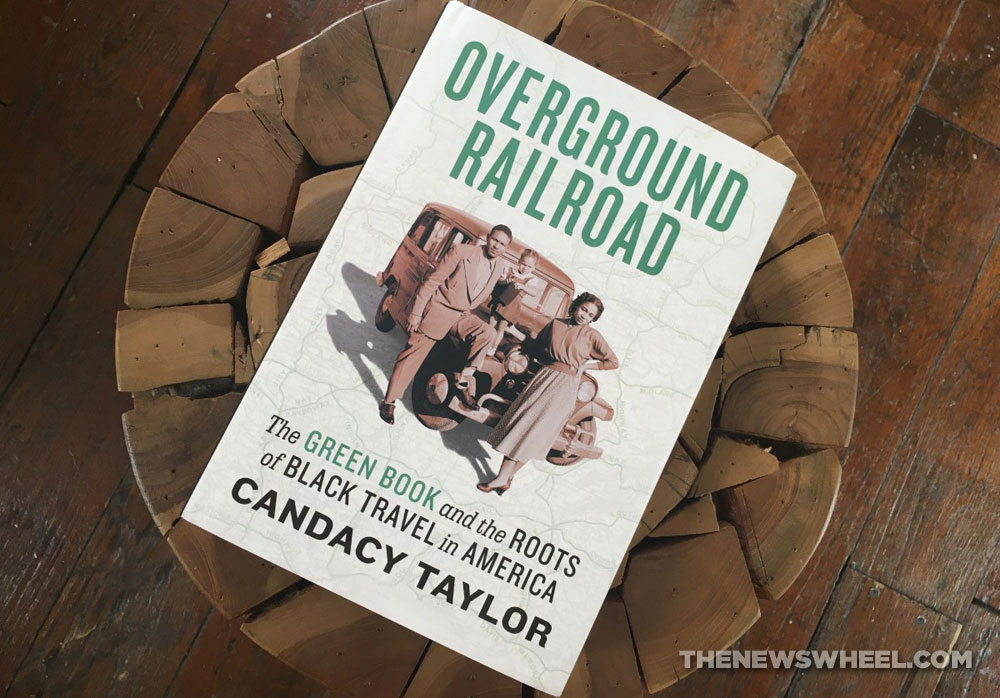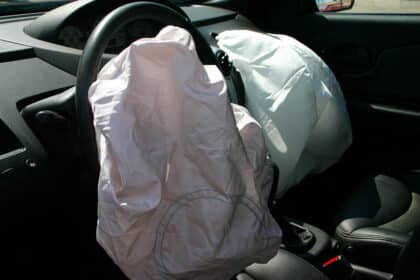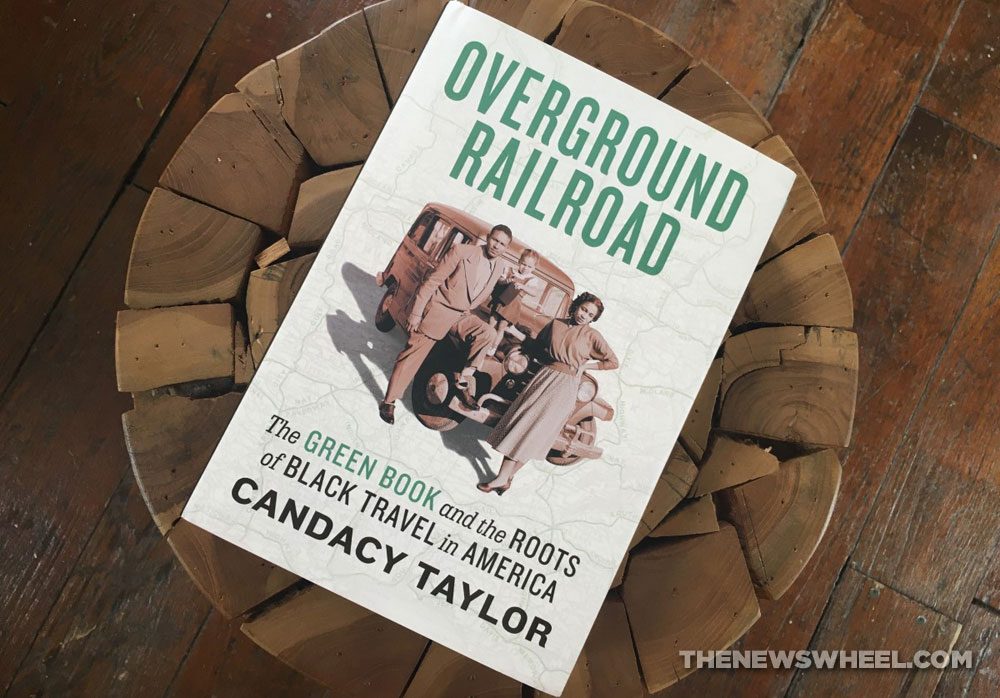
Photo: The News Wheel
Last year, the controversial film Green Book took home the Oscar for Best Picture. While valid criticisms continue to surround its production and story, the movie brought its namesake into the limelight: The Negro Motorist Green Book. For a deeper dive into the real-life Green Book and the culture that made it necessary, check out Overground Railroad: The Green Book and the Roots of Black Travel in America by Candacy Taylor.
Product Details: Hardcover, 360 pages
Retail Price: $35.00
Publication Date: Jan. 7, 2020
ISBN: 978-1-4197-3817-3
Publisher: Abrams Press
In Overground Railroad, Candacy Taylor explores not only the history of the Green Book, published from 1936 to 1967 (with a break for World War Two) but the overall story of what it means to travel while black. It’s one of those books that’s essential reading to understand more about the United States, but at times it’s difficult to read purely because it makes you take a hard look at the country we’re taught to believe is a beacon of hope.
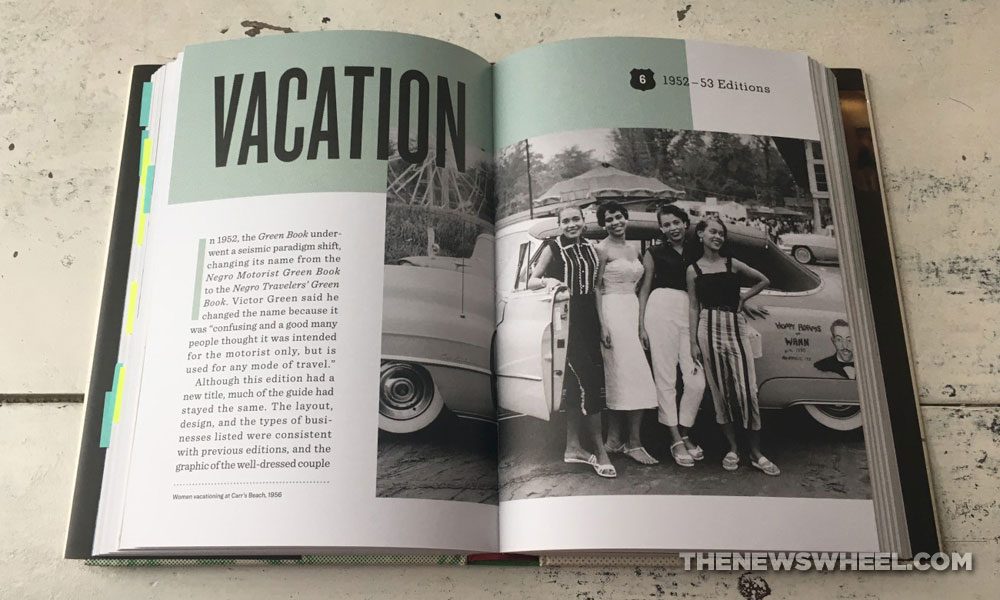
Started in New York by postman Victor Green, the Green Book fulfilled the need in the black community for a guide that pointed out safe travel destinations. Moving around in Jim Crow-era America was dangerous for black people. Besides not knowing what gas stations, restaurants, and hotels would refuse to serve them because they were black, drivers had to prepare for encounters with hostile law enforcement and know to avoid sundown towns that were for whites only after dark. The Green Book tried to make road trip planning in an age before the internet easier, offering listings, organized by state, of businesses that were friendly to diverse travelers.
Another Proud History: Dedicated Chevy truck owners can reach Truck Legend status
As Taylor says repeatedly in the book, the American car provided relative freedom of movement, allowing black people to travel without fear of being shoved to the back or to inferior accommodation because of their skin color. However, driving still had its challenges. For example, Route 66 is America’s classic highway, so important we write songs about it. It passed through 89 counties as it crossed from Chicago to Los Angeles, and about half of those were sundown counties in 1936. Even by the 1950s, that number was still a high 35 percent. Besides having counties that wouldn’t allow them in past 6:00 p.m., drivers still had to make it hundreds of miles at times between stops listed in The Green Book. While white families could just hit the road, black families had to think ahead, sometimes carrying extra gas cans and packing coolers of food.
Taylor makes her research about navigating the country while black more real with stories from her stepfather, Ron. He grew up in the Jim Crow South, and his experiences help give a more human face to the facts in the tome. The book opens with a memory of his family getting stopped by curious police while driving a nice car. Instead of admitting he could afford the shiny Chevy, Ron’s dad pretended like he was a chauffeur driving his boss’s car with the maid riding shotgun. He even kept a driver’s cap hanging off of his seat to sell the ruse.
You Can Drive In Style Too: Look at these tips for financing a Chevy truck
Besides detailing the history of the Green Book itself, Taylor uses it as a launching board to talk about the black experience in all forms of transportation around the country. She dedicates a chapter to women’s experiences and another to train travel for both black passengers and workers. While this book is primarily about the Green Book and car travel, it helps paint a complete picture of America before the Civil Rights Act and points out areas we still need to improve.
Many sites in the Green Book no longer exist, but while writing this book Taylor made an effort to visit all of them still standing. After the main text of the book, there is a listing of businesses from the Green Book alongside photos of what’s left. In some cases, the businesses are still thriving, while others are dilapidated and boarded up. There’s also a two-page spread at the end of the book to help readers enraged by what they’ve learned direct that energy towards fighting racism and making real progress to a better future.
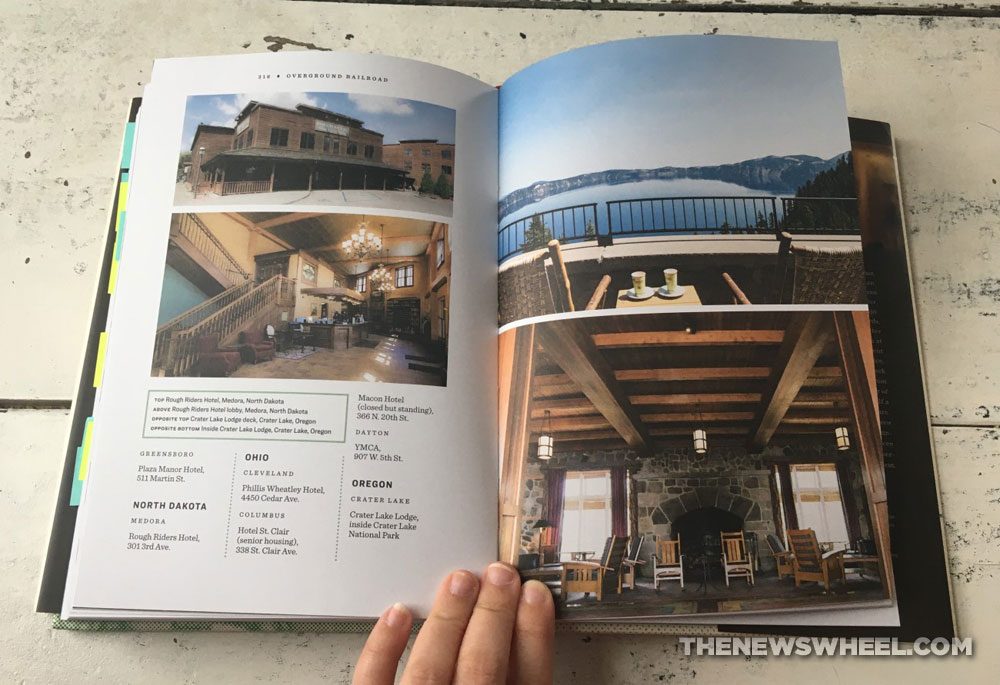
Reading this book was kind of a shock for me because it laid bare the inhumane treatment black people have received in the United States. Considering I’m a white Midwestern woman who has lived most of her life in the suburbs, that’s probably hardly surprising. However, I’m certainly not alone in that demographic, so that makes this book even more important than ever in a time when we need to face up to our country’s history and where we still need to improve.
Since I was raised in Ohio, I always thought that the worst racism was contained in the Jim Crow South. I mean, they make sure to teach us in school how important Ohio was as a safe haven during the Underground Railroad and how awesome we were for staying in the Union during the Civil War. However, Ohio was actually one of the worst offenders when it came to sundown towns and counties. We are not exempt from the racism and violence that made the Green Book and other guides like it essential.
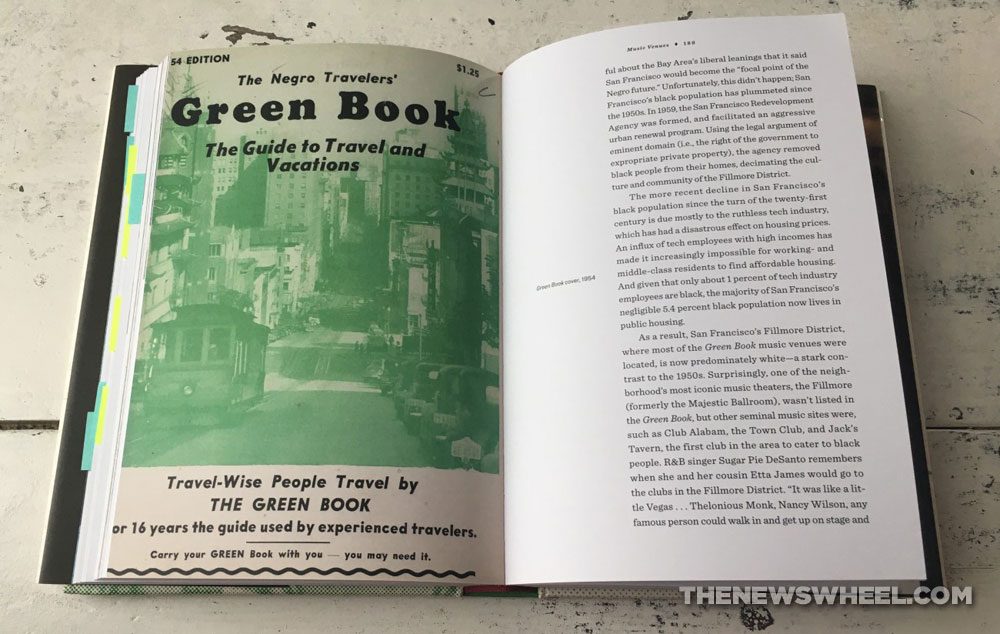
Regardless of how much you know about racism in the United States, this book is great. Everything is presented well, with full-color pictures and illustrations that help tell the story. Taylor’s voice makes all of the facts interesting and easy to understand without sugar-coating them. The chapters are also long enough to dig deep into each topic without them being hard to get through.
Overall, you should run, not walk, to your local indie bookseller or library to get a copy of this book. I would let you borrow mine, but my praise of this title while writing this review means that there is a pretty long list of people waiting on me to pass it along.
The News Wheel is a digital auto magazine providing readers with a fresh perspective on the latest car news. We’re located in the heart of America (Dayton, Ohio) and our goal is to deliver an entertaining and informative perspective on what’s trending in the automotive world. See more articles from The News Wheel.

